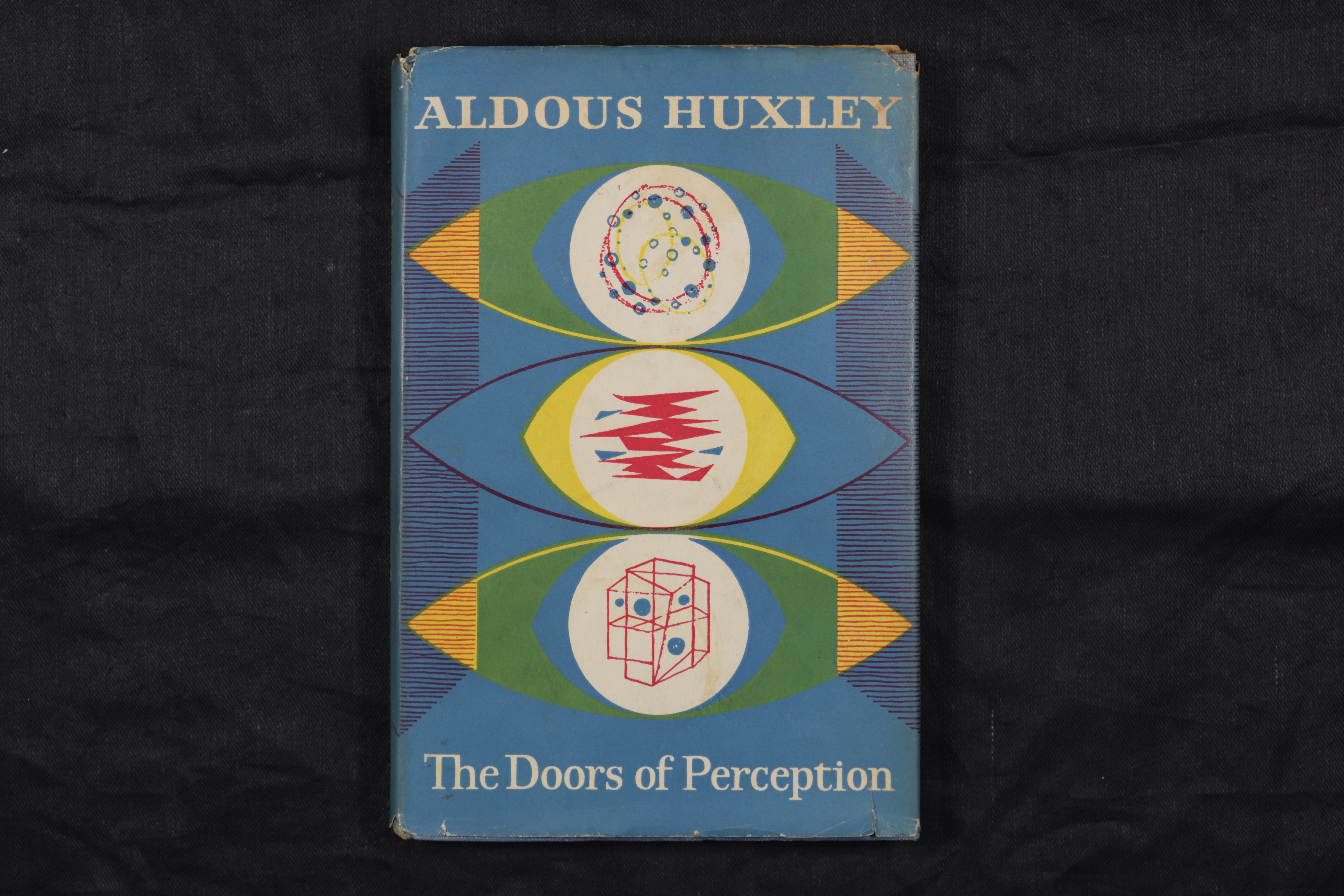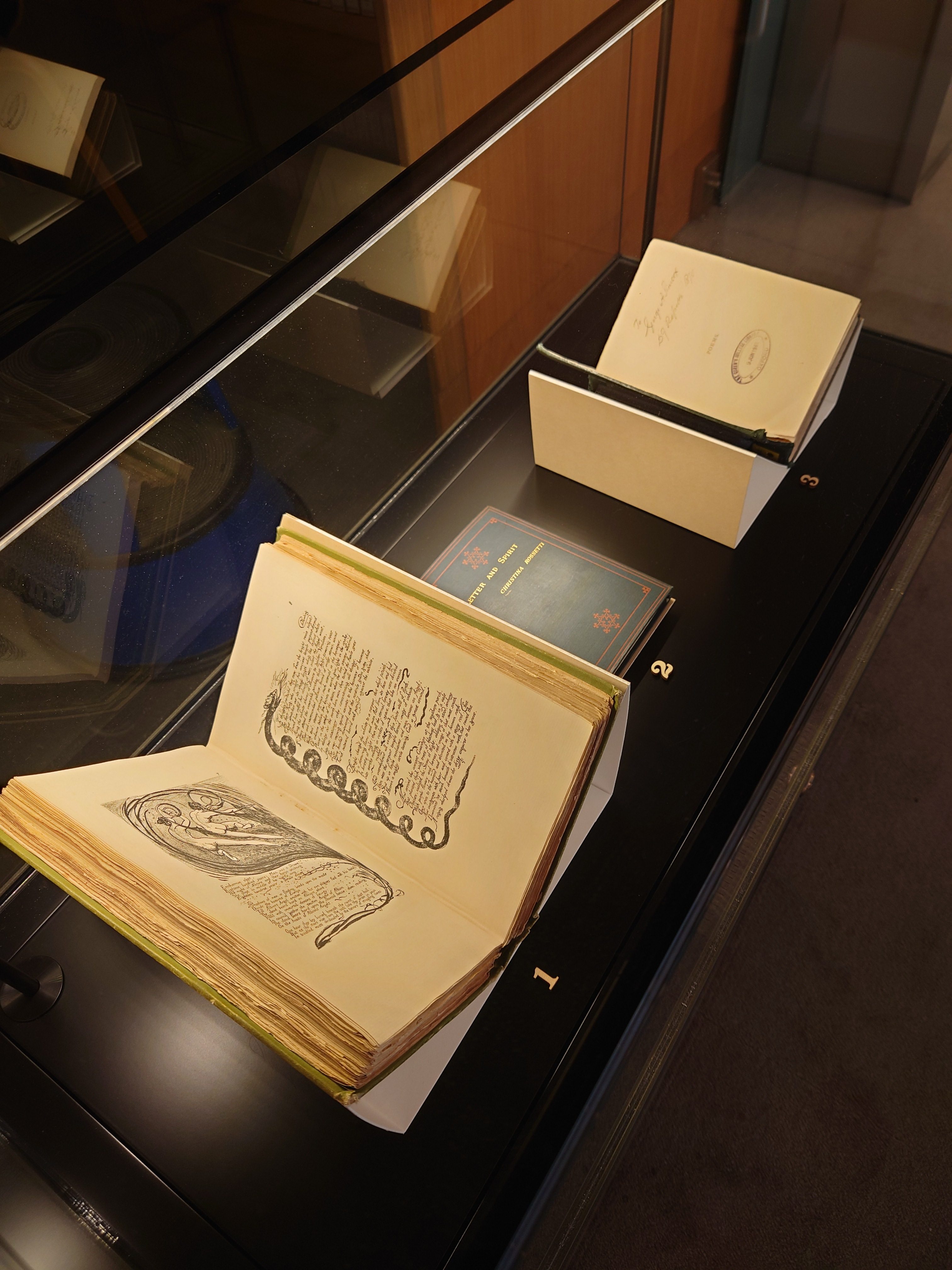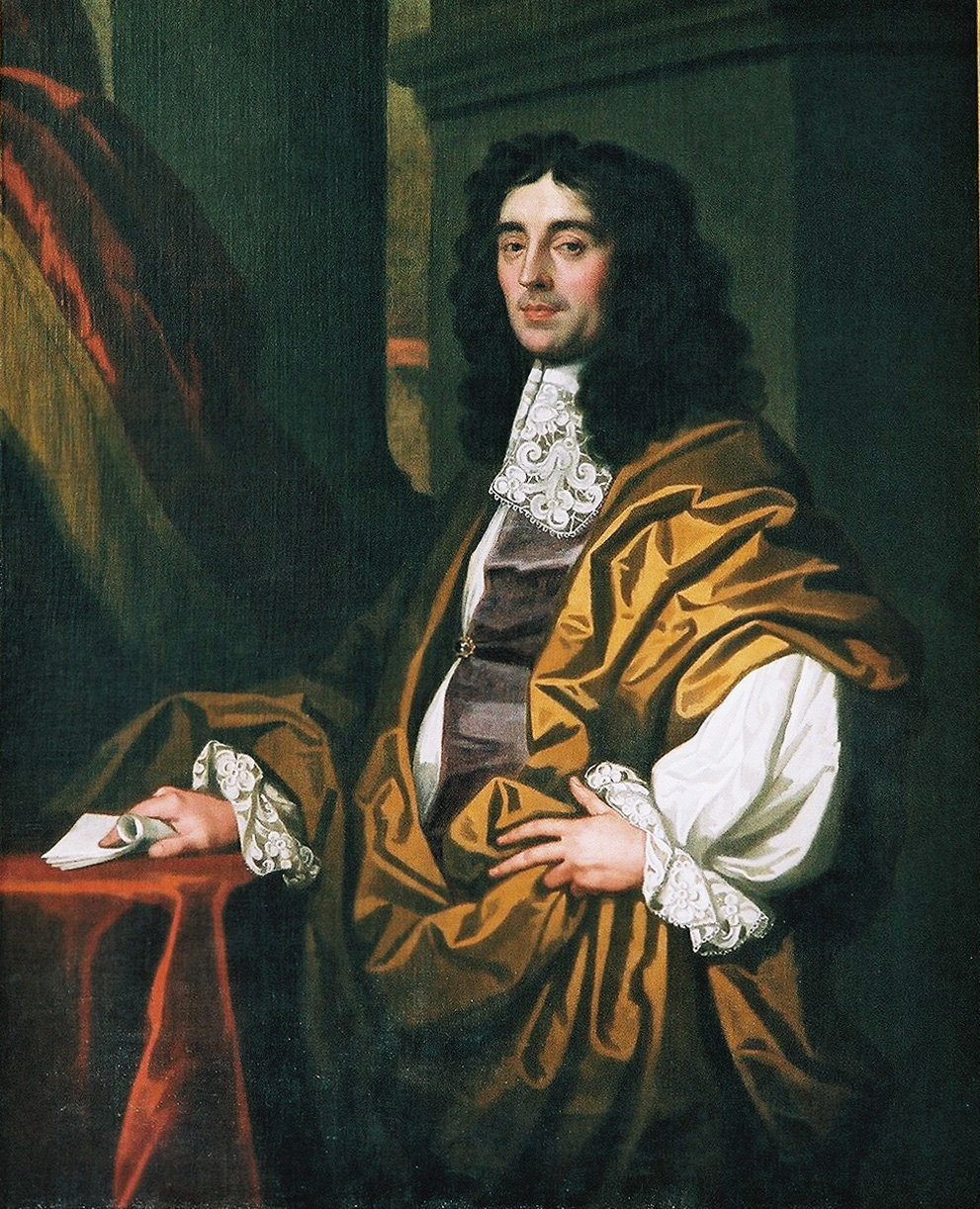an Early Modern exhibition
This exhibition aims to highlight the different religious and medical avenues of thought people used in order to make sense of what was happening within society and their bodies in turbulent times.
While studying for our English FHS Paper 3 course in Michaelmas Term 2021, we were struck by the many overlaps between how those living in the Early Modern period conceived of plague and the body, and how we have had to think about Covid-19 in the past couple of years.
– Austin Haynes, Megan Williams, Sarah Hutchence, Katie Bowen, Niamh Ward
With thanks to our tutor Dr Jen Edwards and librarian Dr Matt Shaw.
A Form of Common Prayer; to be used on the eighth of July (1640)
[Shelfmark UU.b.1367(3)]

A text directly commissioned by King Charles I after another plague outbreak, this book draws disease and religion together in a striking way. Here, prayer is being actively used as a method to combat plague, revealing again how religion and plague are being considered as closely related to one another. While restrictions and other proclamations were imposed on the population to stop the spread of plague, this text highlights a crucial way in which the monarch attempted to control disease and protect the population through a reliance upon established forms of influence, such as the Church.
The anatomy of secret sins, presumptuous sins, sins in dominion and uprightness by Obidah Segdwick (1660)
[Shelfmark UU.b.5426]

Compared to the other two texts in this collection, Sedgwick’s work combines both the medical and the religious. Cleansing is a central theme in this book and is considered both in a literal sense – keeping your body and surroundings clean in order to eliminate plague – as well as metaphorically, in relation to sins and attempts to remain religiously ‘pure’. Here, sinful bodies are likened to house structures in need of sanitization from both the plague and religious transgressions. This idea that sin was a cause of plague was extremely prominent and competed with medical and scientific knowledge about the body.
Finally, the exhibition included Concerning the Constitution of an aire infected. And how to know plague-sores and carbuncles, printed by Leonard Litchfield (1644) [Shelfmark Sel.b.131(4)] (not pictured).
Printed here in Oxford, this book offers a medical take on the symptoms and causes of plague. Drawing on humoral theory – the idea stemming from Aristotle that the four humours of blood, phlegm, yellow bile and black bile had to be balanced in the body – this text details how the body visually changes due to sores and carbuncles. Locating the plague within the body was a primary concern in the early modern period, with the lengthy descriptions of internal anatomy and visual details of symptoms emphasising the anxiety of attempting to fully understand this new bodily threat.
Explore more of our exhibitions

Perception: an exhibition

‘From the author’

Joseph Williamson and the establishment of the transatlantic slave trade
